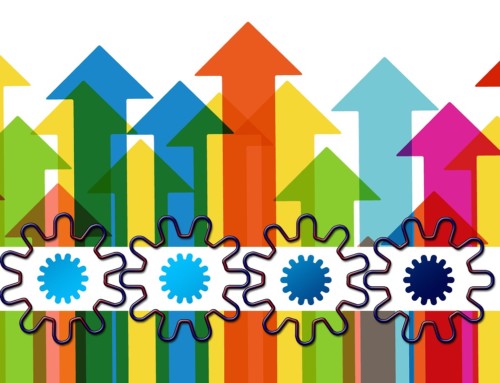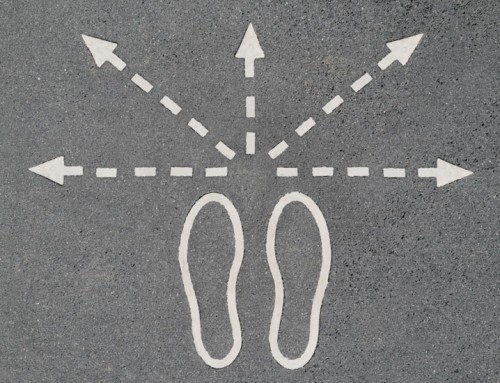Today I’d like to write about a conversation that we have time and time again with our clients. Something that gets at the core of what we do, but often gets taken for granted. This topic is hiring process ACCURACY. As the foundation of our work, accuracy is fundamental, but not necessarily simple. Therefore, I’ll address it in three separate blogs, covering:
1. HOW do we measure if an employee selection process is accurate?
2. WHAT constitutes a good accuracy rate?
3. WHAT can we do to help clients improve their selection process accuracy?
The main goal that drives our work is the need to ACCURATELY predict who will be successful on the job. If an employee selection process isn’t accurate, you might as well be flipping a coin to make these important decisions. Everyone knows that. However, what people often don’t think about is what I will address first: How do you measure employment process accuracy?
There are lots of ways to look at accuracy, and we often work with clients to conduct in- depth analyses. But, to start out, we like to keep it straightforward. We like to know, at a basic level, whether or not a new hire is considered to be a successful hire.
To do this, we ask the supervisors the following question for each of their new hires (after they’ve been trained up and on the job for a minimum of six months):
“If you had the final say, and your vote was anonymous, would you hire this person again?”
As you can see, this is a fairly simple question, but it gets at the heart of what we are trying to accomplish with our selection process. If a supervisor answers “yes” to that question, you can be relatively confident that the new hire has worked out and he or she can be considered a successful hire. If a supervisor answers “no”, the hiring decision is considered to be a “miss.” Obviously, we want to maximize our “yes’s” and minimize our “no’s”.
With this information in hand we can calculate a hiring process “accuracy rate” by computing the percent of time that supervisors answer this question with a “yes.” While we realize that this isn’t a perfect measurement of hiring process accuracy, we do know that it has been a simple, easy way for us to keep tabs on how well we are doing. Once you’ve answered that simple question, you can move on to get a more in-depth, fine- grained selection process accuracy. More on that in future posts.
At SDS, our goal for every client is to achieve the 90%+ accuracy rate we’ve been consistently achieving since we began serving clients in 2001.
Over time, we have learned that there are many tools to help you select candidates (e.g. applications, tests, interviews, work simulation tasks, etc.), but no tool is perfect. Each tool has its strengths. The most accurate selection process uses a combination of tools, rather than relying on any single method to predict who will be successful on the job, and then monitors each of these tools to identify what’s working and what is not.
SDS helps you customize the best combination of tools, and our continuous improvement feedback loop means we’re monitoring the process for you to ensure you’re getting the most accurate, pace-setting process to gain a competitive talent advantage.








[…] I’ve talked about in a previous blog post, a primary goal that drives our work at SDS is to achieve a 90%+ selection process accuracy rate. […]
[…] I’ve talked about in a previous blog post, a primary goal that drives our work at SDS is to achieve a 90%+ selection process accuracy rate. […]